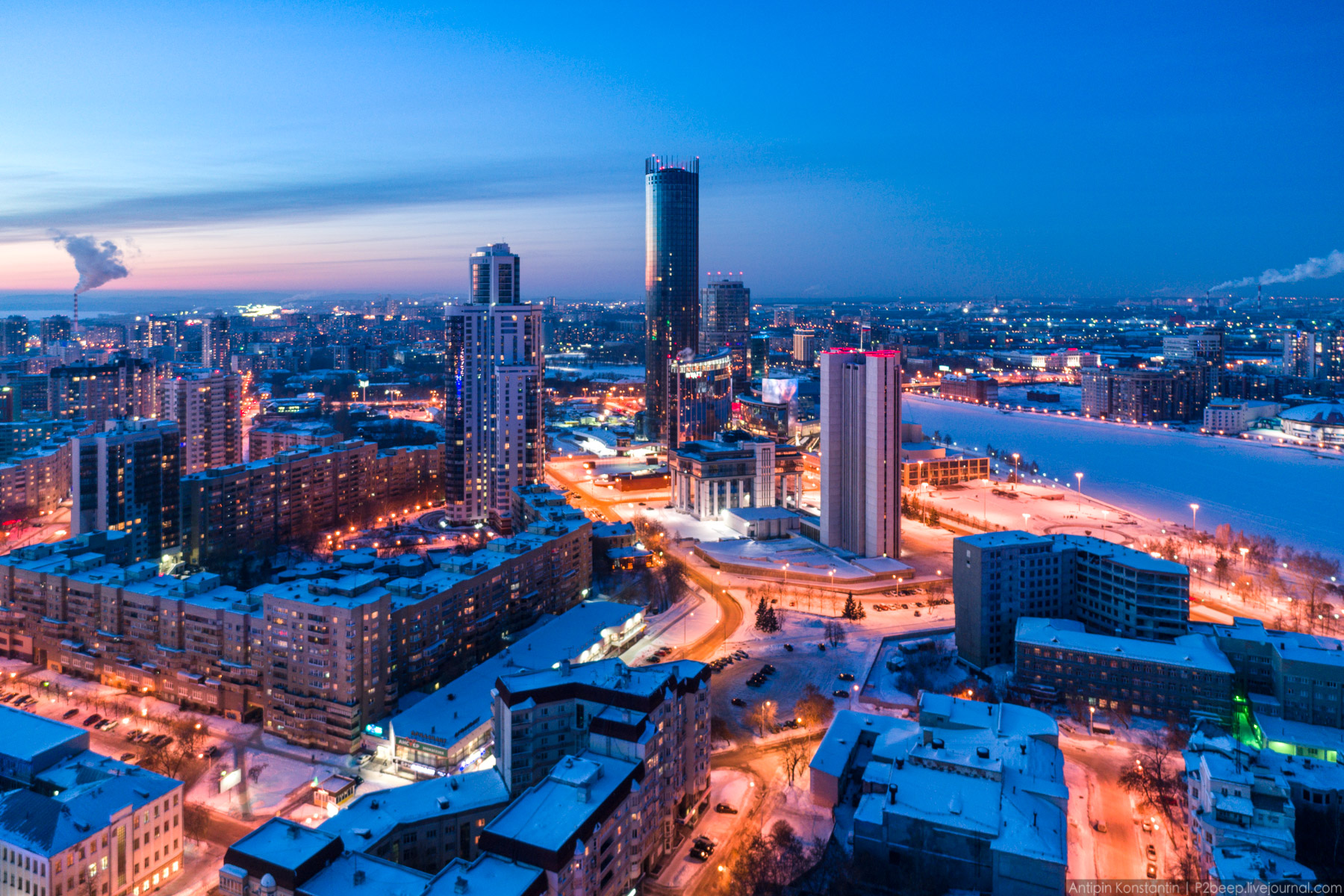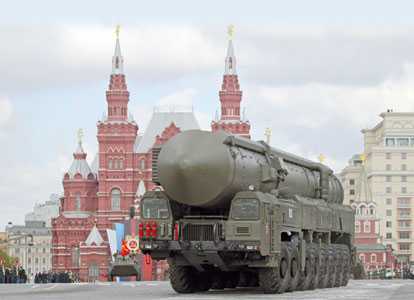[ 21 Oct 2008 19:00 ]
Baku. Lachin Sultanova–APA. “Russian President’s initiative may be productive”, Novruz Mammadov, Head of International Affairs Department of the President’s Office told APA exclusively, while commenting on statement made by Russian President Dmitry Medvedev in Yerevan on trilateral meeting of Azerbaijani, Russian and Armenian Presidents to be held in Russia soon.
Mammadov stated that Russian President passed such decision after negotiations with Armenian President in Yerevan.
“If Russian President proposes officially, we will take concrete position. Everybody understood occurrence of conflicts, threat after developments in August in the region and whole world. Everybody understands that the conflicts should be solved to leave all threats behind. I think from this point of view that Armenia-Azerbaijan, Nagorno Karabakh conflict should be solved. Armenian side should demonstrate wisdom and decisiveness and take constructive position for the solution to the conflict”, he said.
Touching upon the Armenian President’s statement “Armenia is ready to continue negotiations on the basis of “Madrid Principles” that allows solving the self-determination of Nagorno Karabakh”, Mr. Mammadov stated that the Armenian president had made a statement meeting his interests: “He made such statement no to be charged by his people, voters and partners. “Madrid Principles” are not the principles forming the international law. If we talk about the international law, territorial integrity of a country is the top issue. Madrid negotiations also envisage this factor. However, the Armenian president talks about these principles as he wants. Of course, we will never consent to this. As President Ilham Aliyev has stated, Nagorno Karabakh conflict must be solved within the framework of Azerbaijan’s territorial integrity only. And the issue of self-determination of Armenians residing in Nagorno Karabakh can be considered only within this framework. Today, whole world understands it. The territorial integrity of Azerbaijan is recognized by all countries of the world, including Russian Federation. This conflict has no other solution variant.”
Touching upon the information regarding Russian President’s statement on withdrawal of Armenian armed forces from Nagorno Karabakh and deployment of Russian troops instead, official the President’s Office noted that no discussions were conducted with Azerbaijan in this regard:
“One cannot even talk about the deployment of any forces in the territory of Azerbaijan without permission of an official Baku”.




